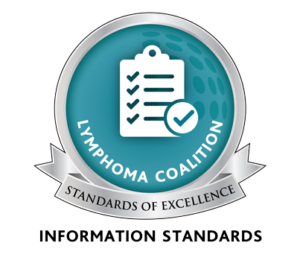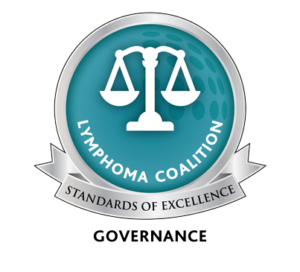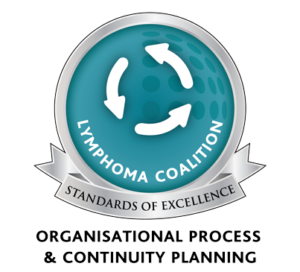How is Hodgkin Lymphoma Diagnosed?
To confirm the diagnosis, a biopsy is performed. The most definitive way to confirm the diagnosis of Hodgkin lymphoma is by way of an excisional lymph node biopsy, which removes the whole node or a section of the involved tissue.
The tissue is then examined by a pathologist and the cells are described. Many Hodgkin lymphoma patients will have the presence of a type of cell known as the Reed-Sternberg which is common for most subtypes of Hodgkin lymphoma.
Other tests your medical team may perform after the biopsy results have confirmed Hodgkin lymphoma (if not already completed) are:
- Your health history: Your family’s history of disease, your personal illness history, your general health status, etc.
- Physical examination.
- A blood work-up including complete blood count (CBC) (numbers of white and red blood cells and platelets), blood chemistry, and erythrocyte sedimentation rate (ESR)
- X-ray: A procedure where low dose radiation beams are used to provide images of the inside of the body for diagnostic purposes.
- CT scan/CAT scan: A series of x-rays that provide detailed, three-dimensional images of the inside of the body.
- MRI (magnetic resonance imaging): A technique used to obtain three-dimensional images of the body. An MRI is similar to a CT scan, however, MRI uses magnets instead of x-rays.
- Gallium scan: Gallium is a chemical taken up by some cancer cells and can therefore help doctors visualize cancer in the body. In this procedure, a safe amount of radioactive gallium is injected into the patient, after which the patient undergoes an x-ray where the radioactive gallium makes the tumour(s) visible. This test is performed in the nuclear medicine facility at the hospital.
- PET (positron emission tomography) scan: A way to visualize cancer in the body. Radioactive glucose (a sugar molecule used as the energy source for cells) is injected into the patient and is taken up preferentially by cells with a high metabolic activity, such as cancer cells. A scanner is then used to visualize the areas of the body where the radioactive glucose is concentrated. PET scans are also performed in the nuclear medicine facility at the hospital.
- A bone marrow aspiration and biopsy to determine if the bone marrow has been affected – this test may be omitted in patients with early-stage disease, normal blood counts and no clinical symptoms
- Other laboratory tests: Urine tests.





